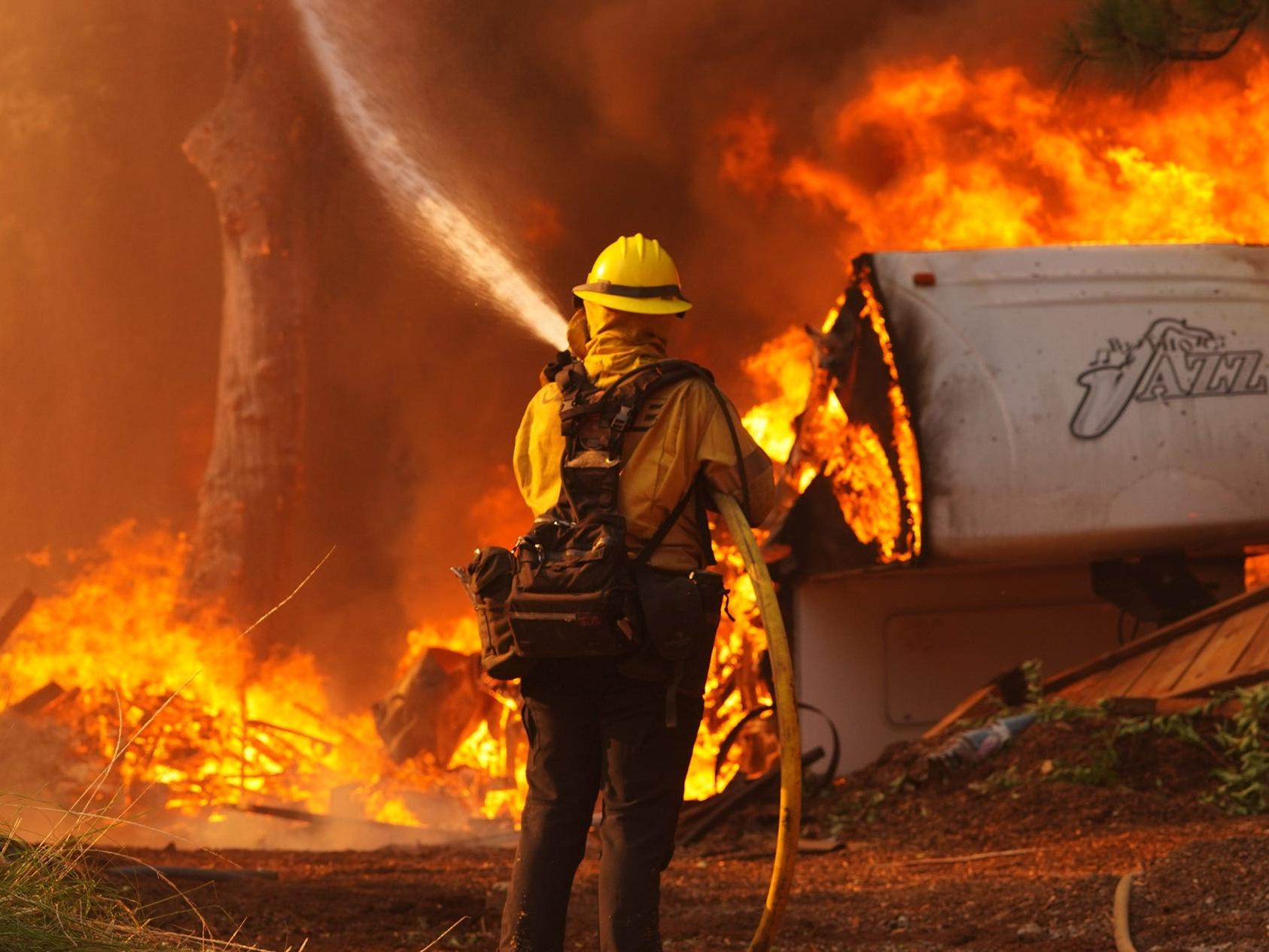The crisis in Bangladesh has intensified dramatically, with the death toll from student-led protests rising to at least 115 people since July 1. The government has responded by imposing a nationwide curfew, deploying the military, and implementing a near-total internet and telecommunications shutdown, effectively isolating the country’s 170 million people from the world.The protests, which began peacefully on July 1 to demand reforms to a controversial quota system for government jobs, have evolved into broader anti-government demonstrations. The quota system, which reserves 56% of public service jobs for specific groups including women, marginalized communities, and descendants of independence war veterans, has been a major point of contention, particularly among young people facing high unemployment rates.The situation has taken a violent turn, with reports of police using live ammunition against protesters in Dhaka and other areas. Despite the government’s attempts to quell the unrest, thousands have defied the curfew and returned to the streets, particularly in the residential area of Rampura.The crisis has forced Prime Minister Sheikh Hasina to cancel her official visits to Spain and Brazil. The main opposition party, the Bangladesh Nationalist Party (BNP), has joined the protests, accusing the government of corruption, human rights violations, and lack of democracy. Two opposition leaders have reportedly been arrested.The government’s response has drawn international attention and criticism. John Heidemann, a senior research scientist at the University of Southern California, compared the internet shutdown to ‘what we saw during the 2011 Egyptian revolution,’ calling it a ‘radical step’. The United States Embassy in Dhaka has described the situation as ‘extremely volatile’.As the crisis unfolds, there are reports of a prison break involving over 800 inmates, including hundreds of opposition supporters. The government has declared Sunday and Monday as public holidays and extended the curfew indefinitely. An appeal hearing is expected at the Supreme Court on Sunday morning, which may prove crucial in determining the next steps in this ongoing crisis.
Key points
- The death toll in Bangladesh protests has risen to at least 115 since July 1.
- The government has imposed a nationwide curfew, deployed the military, and implemented a near-total internet shutdown.
- Police have reportedly used live ammunition against protesters in some areas.
- The crisis has evolved from protests against a job quota system to broader anti-government demonstrations.
- International concerns are growing over the government’s response and human rights implications.
Contradictions👾There are slight discrepancies in the reported death toll, with some sources citing ‘over 100’ and others specifying ‘115’.
The exact figure may be difficult to confirm due to the ongoing nature of the crisis and information restrictions.



